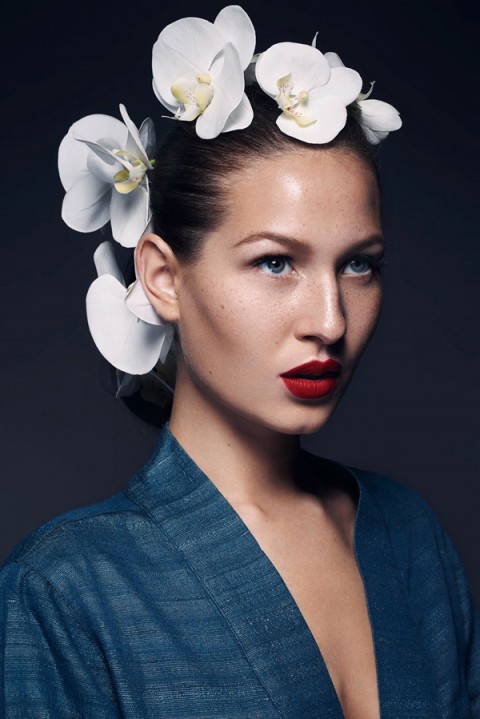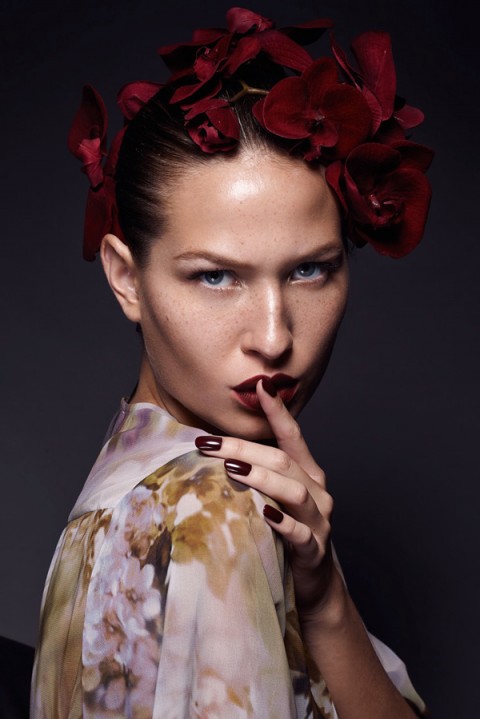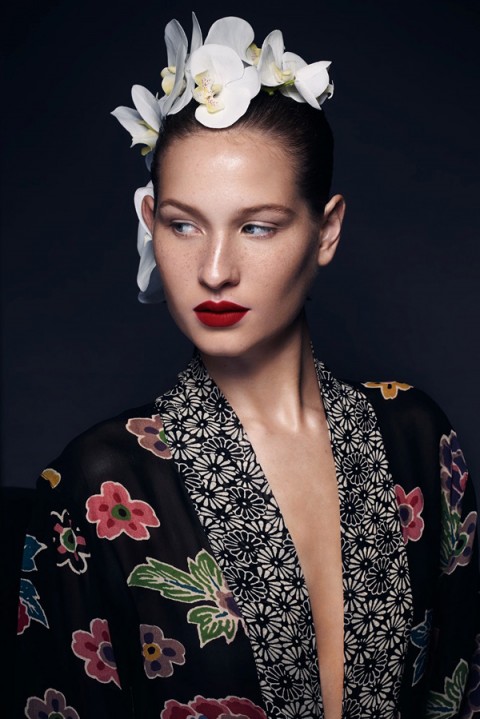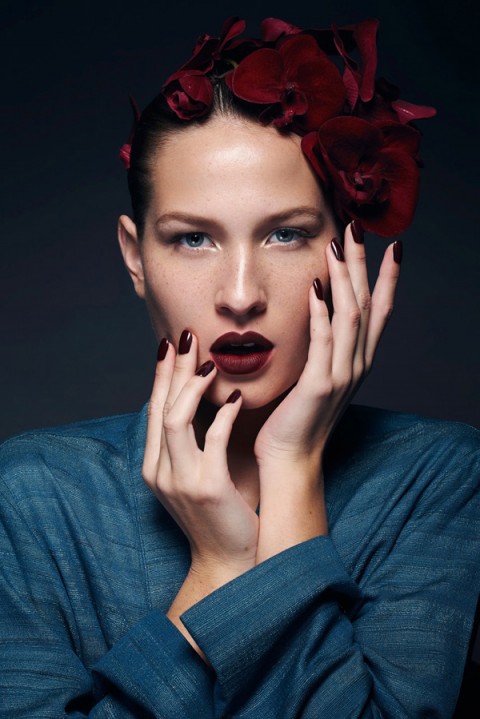Shades of the Orient
Demi – White w/black 20 degree grid.
Model: Cassy @ Milk Model Management, London
Makeup: Heidi Scarlett King
Hair: Shota Fujimoto
Styling: Heidi Scarlett King/Brian Rolfe





Archive for the ‘Blog’ CategoryShades of the OrientDemi – White w/black 20 degree grid. Model: Cassy @ Milk Model Management, London
WantingLuis Aragon is a DC based fashion and beauty photographer and cofounder of studio400, a 3,000 sf. photography studio in Lorton, VA. Together with his wife Kathy Aragon, a hair stylist and make-up artist they began to build a clean yet »raw« esthetic that got them both recognized quickly by major agencies in New York. The work they produced together really reflected the best of their models. Today, Luis maintains a reputation for understanding the delicate balance needed to create a quality beauty image or details and mood needed to help his advertising clients bring their brand to the next level. All images were taken with the Mola Demi – White.
FascinatorEnglish photographer Roger Charles brings us Fascinators this month. Mola Demi – white, Lencarta Elite Pro 300 strobe Model: Romanie Smith
Motion meets FlashBy Michael Corsentino, excerpt from Shutter Magazine October 2013 »Mola Softlights beauty dishes are a lot like love – hard to define but you know you’d be lost without it! From soft to hard, and specular to diffuse the Demi provides crisp, gorgeous light with a bit of sizzle in all the right places. A go to modifier that’s easily transportable with enough spread to get the job done, the Demi is a winner!« (Michael Corsentino) Photographer: Michael Corsentino
Mola user: Miguel JacobsMiguel used the Mola Rayo with the Profoto 1000 watt ProTungsten Air to shoot the Marlowe Spring 2013 campaign.
»The Queen of Versailles«featuring Makaela Maran Photographer: Emily Soto
Mola spottedSpotted: The 28″ Mola Setti in a behind the scenes video featuring french photographer Pierre-Edouard Saillard via Hasselblad TV. White or silver?The Mola Setti or Sollo – a technical look at both the Mola Setti and Sollo reflectors, their characteristics and comparison.
Mola Setti or Sollo? That’s a question that’s been asked by more than a few people, including myself, interested in using a BD. And although the question seems simple enough, the answer, unfortunately, doesn’t seem to be. Being the owner of the 28″ Mola Setti White and, more recently, the 28″ Mola Sollo Silver, I did a couple of tests with each dish with the results posted here to hopefully help you find your own answer based on your own requirements. The first test was done with the BD placed to the left of the camera and above the subject. The subject was placed 4 ft. from a gray seamless paper background. The distance between the dish and the subject was 3.5 ft. The camera settings were 1/250, f/5.6 @ ISO 100. The light used with the dishes was a Broncolor Unilite head plugged into port B of an Elinchrom Ranger RX Speed AS pack. For the Setti, the pack was set to a power level of 3.7 (color temp metered at 4700º K) to give an aperture reading of f/5.6. The Sollo being 1 stop more efficient (as advertised by Mola Softlights) only required a setting of 2.7 (color temp metered at 4970º K). Note: All sample images were color corrected using the gray box at the bottom of the Color Check chart, 3rd from the right.
As you can see, the silver Sollo provides a more contrasty light due, as we’ll see later, to the more directional characteristic of the light coming out of the Sollo. That is also the reason the background is darker with the Sollo. Another observation to note is that, although the colors of the ColorChecker lit by the white Setti seem more saturated, that really is not the case as shown by following images. The reason why the colors in the above image for the Sollo seem less saturated is because of the light fall off characteristic of the Sollo, i.e. there is less light hitting the ColorChecker. As you can see in the images below where the ColorChecker Passport is placed closer to the model’s face, the colors of both ColorChecker Passports look about the same. In the next test, the dishes were placed in front of and above the subject at a distance of 4 ft from the subject. The camera and the Ranger RX pack settings remained the same as in the previous test. As I stated earlier, the light from the silver Sollo is more directional in nature and this is easily seen by checking out the light pattern inside of each dish. This is the pattern looking straight into the face of the dishes:
The Sollo has more distinct and brighter rings of light than the Setti does but we can’t really tell if the light is really directional from this angle. But stepping aside a little, we have the following images from two different angles: Something else of interest is the shadows cast by the two dishes. The shadow (under the chin) in the following images seems to be made up of layers.
Elle Canada’s Trend ReportModel Dauphine McKee graces the cover of the August issue of
Photographer: John van der Schilden Styling: Rita Liefheber, Hair: Susana Hong, Make-up: Greg Wencel, Manicure: Delia Lupan, Art Direction: Brittany Eccles
Click the image to open the behind the scenes video in a new window:
Mola spotted: Yu Tsai shoots KeshaSpotted! In this behind the scenes video we spot photographer Yu Tsai shooting Ke$ha for Blackbook. In this video we spot a 22″ white Mola Demi and a 33″ white Mola Euro. As with all his shoots Yu always has fun. behind the scenes video below… and some final stills here:
|
|